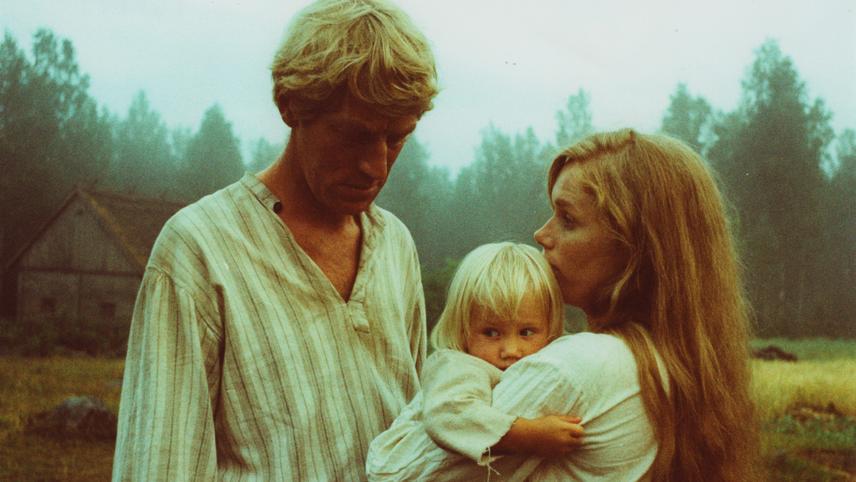
In continuing the gold mining for obscure films around the world, learning about different cultures through their rich artistic expressions, I’ve selected these 10 titles that deserve greater recognition.
1. A Pál utcai fiúk (aka The Boys of Paul Street) – 1969
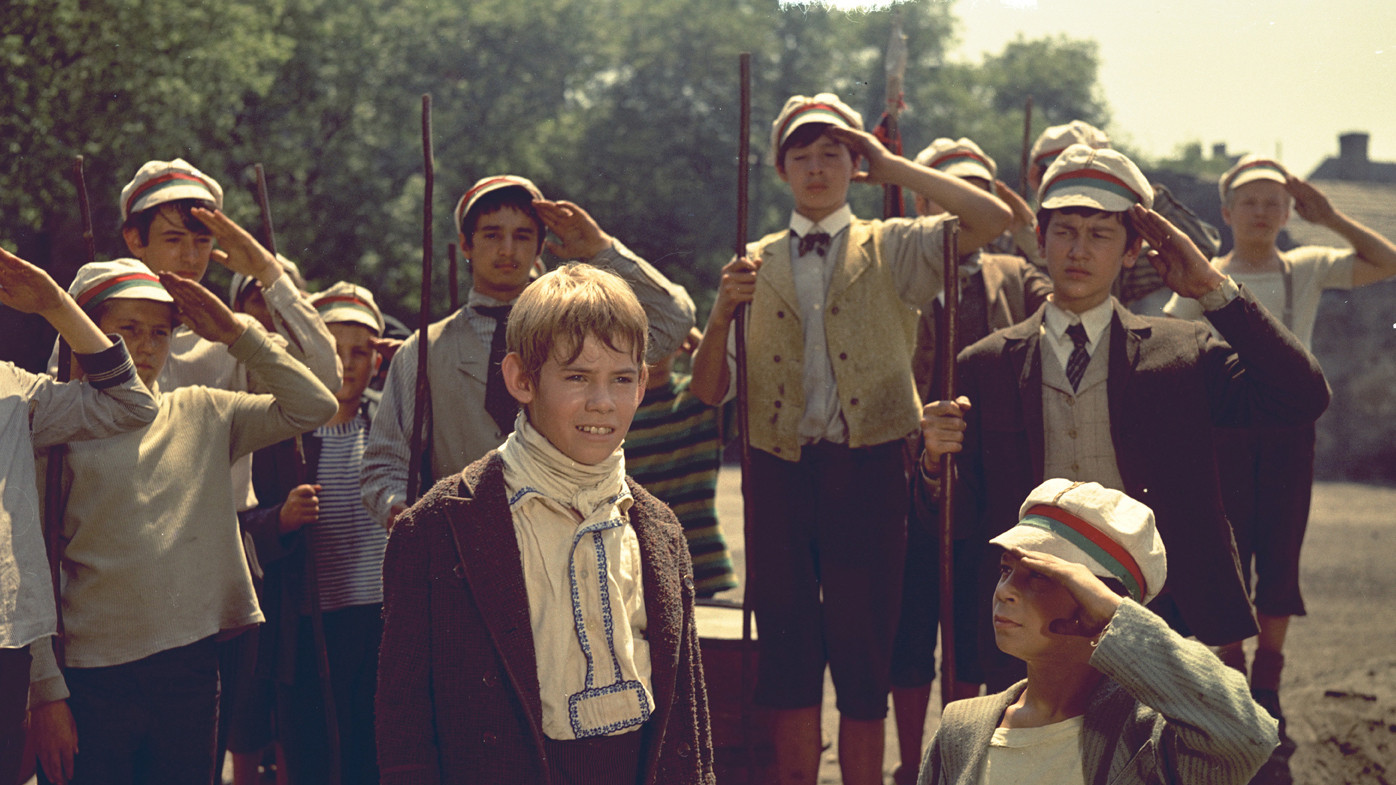
Based on the work of Hungarian writer Ferenc Molnár, this is one of those films that once seen, remains forever in your memory. Do not be alarmed if in dreams, you find yourself struggling on Paul Street alongside your childhood friends. Adapting the most famous Hungarian literary work of all time to film should not have been easy, but director Zoltán Fábri did this without appealing to exaggerated melodrama or extreme austerity, as would be common in the Hollywood way of dealing with such issues.
The story recounts the battles of humble pre-teenagers in Budapest in 1889, who defend a vacant lot (their playground) from the invasion of a group of wealthy teenagers. The naive confrontation permeated by “sand bombs” ends up leading to the same sad consequences of any war.
There is a hierarchy in the army of Paul Street, where the fragile and hardworking soldier Nemecsek tries at all costs to prove his worth before the brave general. From these situations comes a humor that easily takes us back to the complex world of the child, because they do not fight for a few square meters in a wasteland – they fight to gain freedom and for the right to fully exercise their creativity.
As in all wars, there are betrayals and demonstrations of value in the most extreme conditions. Both the book and the film make clear their analogies and real intentions: to show that, contrary to what many people think, childhood is as dense and conflicting as adulthood. “The Boys of Paul Street” is a must-see movie.
2. A Falta Que Nos Move (aka The Absence That Moves Us) – 2009
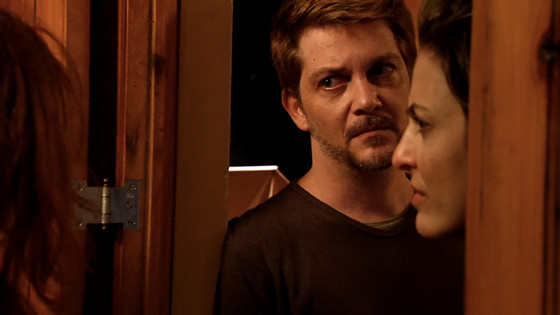
Five actors arrive at the house of the director of the film to experience a cinematic experience. They are filmed uninterruptedly while continuing to follow scripts and scenes. Fiction and reality intertwine in the midst of stories of a generation that has lived adrift and now faces an absence that moves their actions.
The director: Christiane Jatahy. The actors: Pedro Brício, Cristina Amadeo, Dani Fortes, Marina Vianna and Kiko Mascarenhas; they realize the dream of every actor, experiencing an incredibly stimulating experience. The best way to watch this unknown Brazilian masterpiece is to enter the house with the actors without knowing the trick, so I will avoid commenting too much about what happens.
The greatest merit of the team was to have built a product that does not lose value as revealed magic, but only instigate even more, leading us to try to understand that microcosm that perfectly reflects the macro.
The shock of realizing that we are all full-time actors, following through the acceptance of our frailties and frustrations, learning to deal with the inexorable approach of the end. We are part of an experience, and regardless of whether we make it pleasurable or full of self-pity, we choose routes as the boundaries of the road are revealed to us.
3. Kahaani (same in english) – 2012
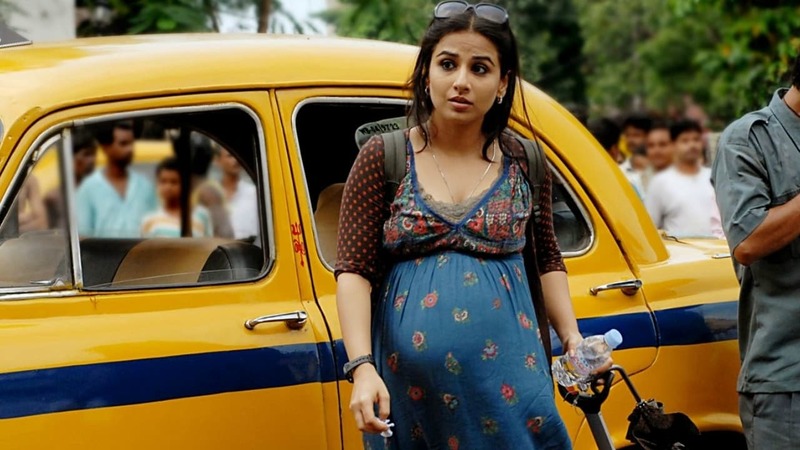
A young woman goes from London to India, pregnant, to look for her missing husband. This disappearance case is increasingly complex, and the entry of government agents into their resolution shows that there is much to unravel in this story.
With a surprising plot full of twists by Indian director Sujoy Ghosh, this film is perfect to show those people who nurture prejudice with movies that are not mainstream.
4. Privilege – 1967
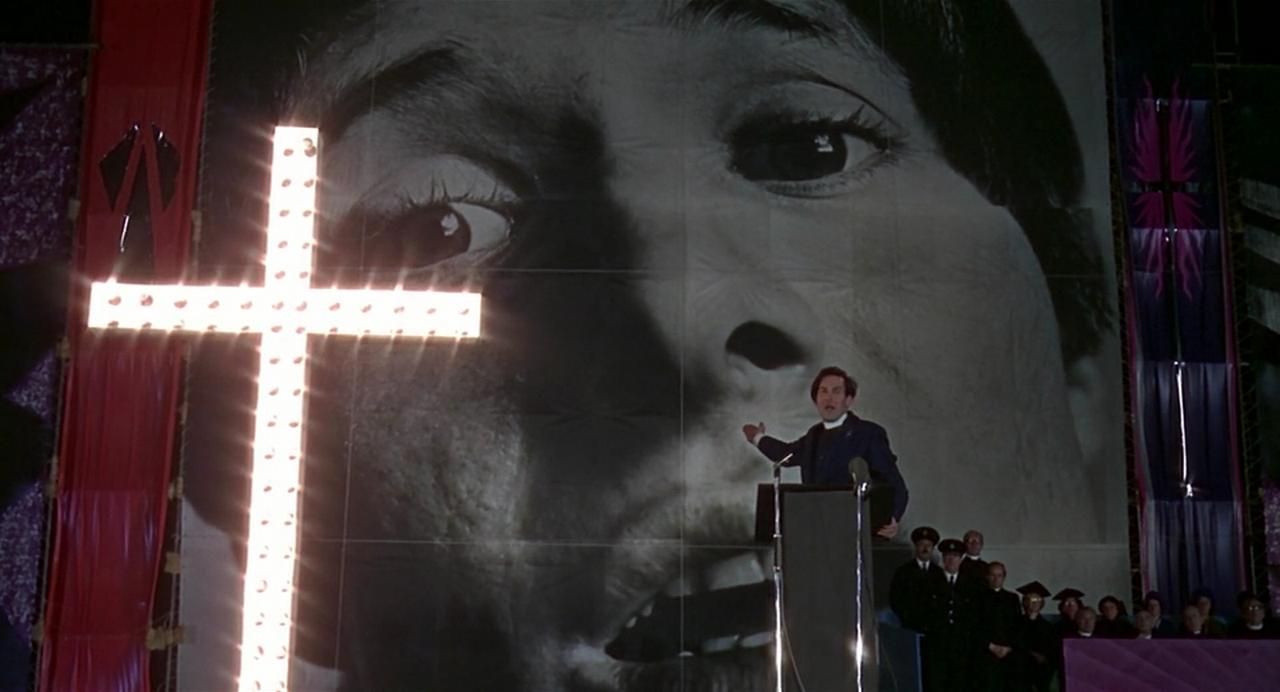
Steven Shorter (Paul Jones) is the greatest British music star. Heard by everyone, from teenagers to old people, everyone in England loves him until his producers and entrepreneurs begin to use his popularity for various economic projects. As Steven loses his individuality by turning into a product, his icon position becomes useful to the more conservative sections of UK society. The Church and the State begin to use it to combat atheism and communism, making it an instrument of religious fundamentalism and fascist nationalism.
Using the aesthetic of a documentary that coldly analyzes a successful marketing case, English director Peter Watkins (after the excellent documentary “The War Game” in 1965) elaborates along with the creator of the story: Johnny Speight (who wrote the screenplay with Norman Bogner) wrote a prophetic allegory set in the not-too-distant future, about a young singer who loses his identity in exchange for an opinion-former status.
The propaganda machine uses it as a way to keep British teenagers from alienating them, channeling and spreading their revolt into sadistic presentations, but remaining ignorant of the political course of their country. Steven is handcuffed and caged in front of his fans, who roar wildly and cry out for their freedom.
A circus of horror that brings us to the current scandals involving the popular stars of the entertainment world. Those who enjoyed “The Truman Show” (by Peter Weir) will find safe haven in this play. Writer Andrew Niccol probably must have been inspired by Steve to comprise the protagonist played by Jim Carrey (even the feminine influence in the third act is essential for the change in the attitude of the protagonist).
There are many moments of genius, but I particularly find the speech from the Rev. Jeremy Tate (Malcolm Rogers) to be brilliant, emulating the mannerisms of Hitler, where he calls on his followers to conform. The image of the young man would have to be shaped (due to mercantile interests) from a rebel to an honorable Christian, so his producers organize an event on an Olympic scale to reinsert him transformed into society.
The off-screen narration tells us that while Steve ends the event with a song that incites something transcendental, wheelchairs have been given to many sick citizens so that the illusion of the miracle can take place. As he spread his hands, the false paralytics rise and the commotion worsens, but the young man’s face could not express greater discouragement. He moves in choreography, even his simplest gestures are coordinated. Just a closer look at modern media phenomena, to realize that this future imagined allegorically in the film came to fruition.
At some point in a meeting with the high dome that produces the young, a stylist presents in a formal way the style that will be adopted in a few weeks by young Brits. The media manipulation continues even after Shorter leaves the scene, because they continue to use their archive images, only removing the sound. The product is still on sale because there is a buying public.
It is no wonder that this film was boycotted in its day (the media claimed that the work was immoral, debauched of the church and defied the authorities, encouraging juvenile delinquency), and that even today it is practically unknown, even among cinephiles.
5. 7 Cajas (aka 7 Boxes) – 2012
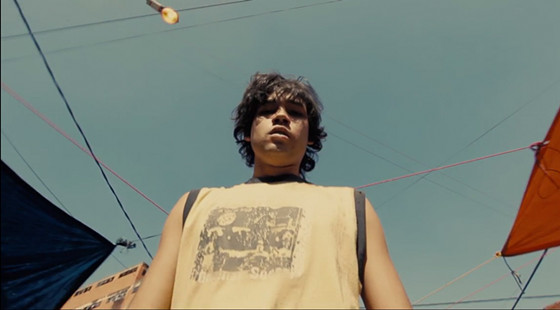
As I always say, cinema needs only good ideas. A low budget, the absence of a national industry – nothing is an excuse for a lack of creativity. And it is precisely this lesson that Paraguayan writers and directors Juan Carlos Maneglia and Tana Schembori deliver with this thriller, which brings references ranging from the German film “Run Lola Run” to Danny Boyle’s camera work, composing an authentic portrait of the poverty of characters who are the organs responsible for the chaotic life of a popular market in Asunción.
The protagonist, played competently by the young Celso Franco, dreams of escapism transmitted by television entertainment, a tool shown as efficient builder of desires. He was only interested in acquiring a cell phone because of the filming feature.
When faced with his own projected image on those magical canvases, a leitmotiv that repeats itself with variations a few times during the film, the poor boy finds some hope in that momentary and illusive existence, a possibility of escaping his sad everyday life.
To get the money he needs to buy the cell phone, he accepts an enigmatic service proposal: quickly transport seven sealed boxes of wood, with unknown content, to a destination he will only discover on the way.
The less you know about the plot, the better the experience. As a negative point in the script, but forgivable in the context of the work, an excessive use of coincidences occur. For example: an unnecessary scene that is inserted in the first act only as a way of showing that officer X flirts with a character, only so that in the second act this same policeman, among the several that could be present in the place, served as a facilitator in the resolution of a narrative conflict.
Although the project surprises in the quality of the suspense that establishes, what really elevates it to a higher level when compared to similar ones is the perfect use of dynamism in the mission of the boy in the classic style of American action films, with the inclusion of several elements with conflicting interests and cameras that traverse beneath tables in exciting pursuits, like a “Hitchcockian” MacGuffin, while the true moral tale involves the subplot of a pregnant young woman who is about to give birth.
The same woman who is established in the first few minutes as someone who desperately tries to sell the cell phone, who becomes the object of desire of the protagonist. The outcome of the narrative arc of the woman will contrast sharply with that of the boy, making clear the intention of the script, a message much more perennial than any convention of its kind.
We can be fascinated by the cameras that follow, in POV, the wheelbarrows of the wheelbarrows in action plans that do not leave anything to be done for those already established industries, also a merit of photographer Richard Careaga, but it is the silent attitudes that will remain in the minds of the public, several hours after the session.